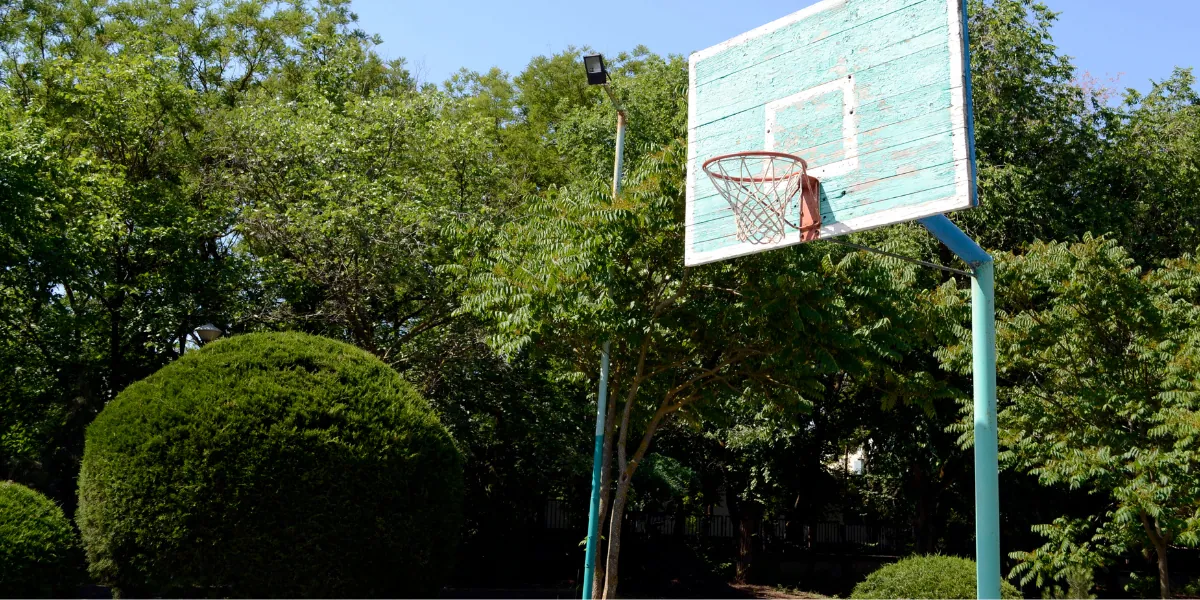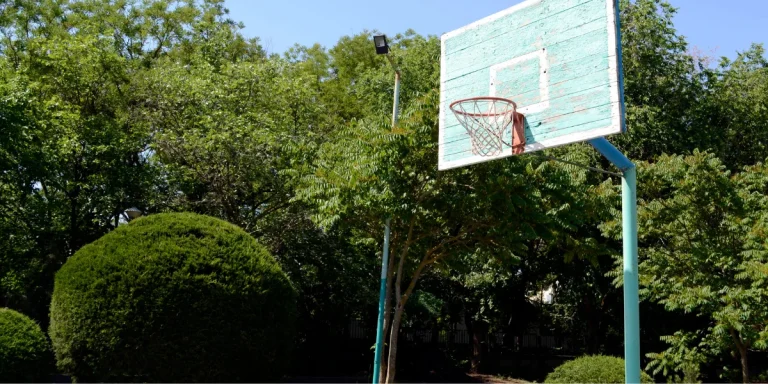Elevate Your Game with Our Innovative Basketball Solutions!
Unleash Your Potential on the Court with Cutting-Edge Equipment and Expert Guidance.

Latest Posts

What is a Triple Double in Basketball?
Have you ever heard of a triple double in basketball? It’s like hitting three home runs in one game, but…

Why do Basketball Coaches Wear Suits?
Elevate your coaching game: Discover the style choices of basketball coaches and the impact of their tailored suits on and off the court.

Best Basketball Puns and Jokes for adults and kids
Get ready to laugh out loud with our awesome collection of basketball puns and jokes! We’ve got some real gems…

7 Best In-Ground Basketball Hoops
Explore the top-rated in-ground basketball hoops for a pro-level experience. From sturdy designs to adjustable features, find the perfect hoop with our guide.

60+ Basketball Awards Ideas for Youth
Discover the perfect basketball awards list and trophies for youth players with our curated list of 60+ ideas. Recognizing the…
